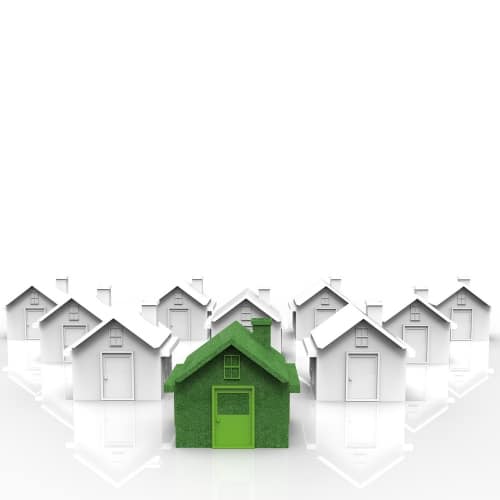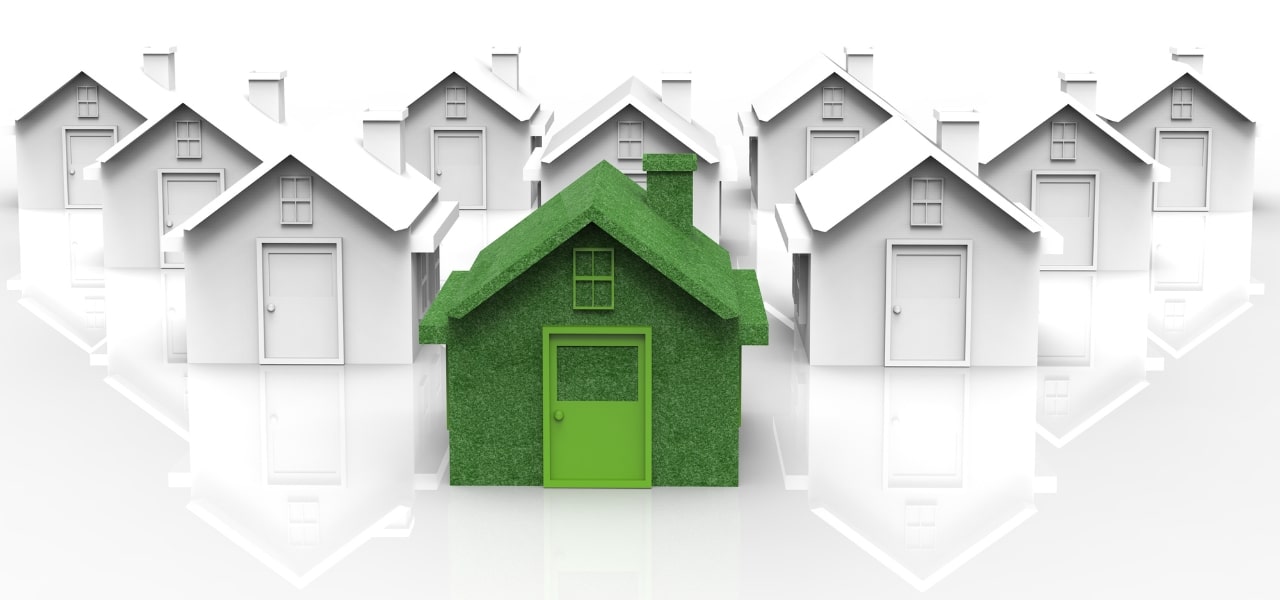Tertiary cellulose: new ally for the building sector against increasing prices and shortage of raw materials
Build 900,000 new homes by 2030. The Dutch government is presenting the building and construction industry with an enormous challenge with that task. With the faltering resource transition and exploding raw material and construction costs, it seems an almost impossible challenge. Or not? At Recell Group, we have a solution to the raw materials issue and rising costs. Together with supply chain partners, we want to work towards a feasible and affordable sustainability of building materials. Using as raw material: tertiary cellulose derived from residual streams that would otherwise be incinerated.
Major obstacles now facing the construction industry are rising costs and security of supply of raw materials. Moreover, the sector is on the eve of a circular transition. But developments in the construction industry are sometimes slow, especially in the area of raw material transition. Because of the gas crisis, the Netherlands is now fully committed to the transition towards green energy. But without an acceleration of the raw materials transition, the Dutch country will not achieve the climate goals for 2030 and 2050, says the SER (Social Economic Board) in a recent study.
Biocomposites with raw materials from ‘worthless’ waste streams
Although not yet widely used, many innovative, sustainable alternatives to traditional building materials are already available. For example, biocomposites. They are strong, durable, can be supplied in any requested shape and thus are an excellent replacement for building materials such as aluminum, wood and PVC, et cetera.
The advantage of biocomposites is that they are made from renewable raw materials that can often also be obtained locally. Biocomposites with a Recell® component are even more sustainable. And also, not extremely sensitive to price increases. Because no crops such as flax, hemp or cattail have to be grown for this raw material. It therefore does not weigh on the acreage of agricultural land that is already under pressure. Even a poor sowing or harvesting season can throw a spanner in the works. The Recell® component comes from residual streams containing paper fibers. Until recently, these were at the end of their life cycle and had to be incinerated. Together with its subsidiary Cellvation, Recell Group developed a method to recover cellulose from these ‘worthless’ waste streams. After processing, tertiary cellulose is created, which can be used as a raw material or additive in a wide range of building materials or to 3D printing paste. You can see a few examples in the photos below.
Building materials with a small footprint
LCA calculations show that 1 ton of applied Recell produces a CO2 reduction of 2 tons. Of itself, therefore, the Recell Compose raw material has an extremely low ECI (environmental cost indicator), set at 0.004. This translates to an exponentially lower ECI for building materials incorporating this raw material. Recell and products incorporating Recell are included in the National Environmental Database, allowing users to demonstrate that they are working with products with a low environmental impact. This is necessary, for example, if contractors want to participate in tenders issued by governments.
Local production
Tertiary cellulose can be obtained, among other things, from sewage treatment plants (STP). The first plant where this will take place on a large scale will start early next year in cooperation with the Hoogheemraadschap De Stichtse Rijnlanden (HDSR). However, production is not tied to one location and can take place at virtually any STP. In addition, there are more sources for cellulose recovery, because potentially any cellulose-containing residual stream can be utilized. Examples include used pizza boxes or other contaminated fast-food packaging, diapers and construction waste such as plasterboard.
Pilot projects
To further develop the raw material Recell Compose and the possible applications, we want to start a number of pilot projects in the short term. For this, we are looking for chain partners. On the one hand on the raw material side – for example, sewage treatment plants or producers or processors of residual streams containing cellulose. On the other hand, on the designing and executing side of the building sector – such as architects, contractors and producers of building materials. With these chain partners we can develop a healthy business case to accelerate the raw materials transition. Do you also want to make construction more sustainable? And would you like more information about a possible pilot together with Recell? Let us know!



